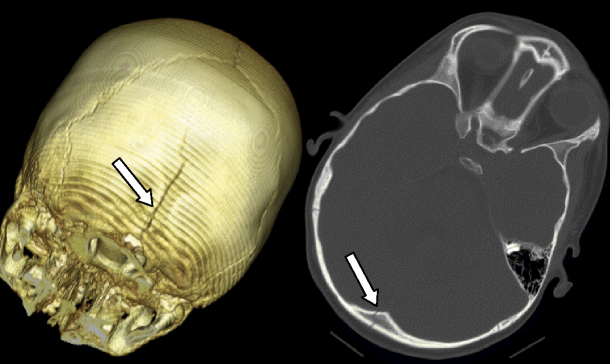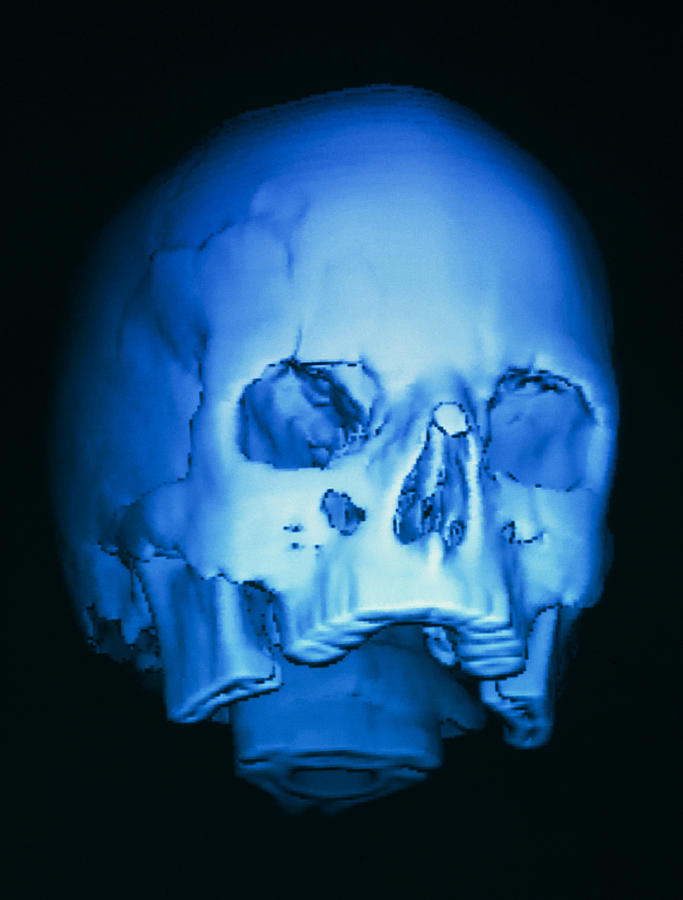

Head injuries happen twice as often in boys than in girls. The risk of head injury is high in teens. Which children are at risk for a head injury? Common causes are:Ī motor vehicle accident, or being struck by a vehicle while walking There are many causes of head injury in children. A child with this fracture may need to be watched closely in the hospital. This is because of a tear in part of the covering of the brain. They may also have clear fluid draining from their nose or ears. Children with this type of fracture often have bruises around their eyes and a bruise behind their ear. It can be a serious type of skull fracture. This is a break in the bone at the base of the skull. These fractures are more often seen in newborns and infants.īasilar skull fracture. With this type of fracture, the normal suture lines are widened. These are the jagged lines between the skull bones that grow together (fuse) as a child grows. This is a fracture that occurs along the suture lines in the skull.

If the inner part of the skull is pressed against the brain, this type of skull fracture needs surgery to help correct it.ĭiastatic skull fracture. This may happen with or without a cut in the scalp. With this fracture, part of the skull is sunken in where the bone is broken. No treatment is usually needed.ĭepressed skull fracture. He or she can usually go back to normal activities in a few days. Your child may be watched closely in the hospital for a brief time. This is a break in the bone that does not move the bone. There are 4 major types of skull fractures: Skull fractureĪ skull fracture is a break in the skull bone. The jarring of the brain against the sides of the skull can cause tearing of the internal lining, tissues, and blood vessels. This injury can happen from a direct blow to the head, violent shaking of a child, or a whiplash-type injury from a motor vehicle accident. In some cases, a contusion may occur on the opposite side of the head because of the brain hitting the skull. A contusion causes bleeding and swelling inside of the brain around the area where the head was struck. Some concussions are mild and brief, and you may not know right away that a concussion has occurred. Sometimes, this can result in a loss of awareness or alertness for a few minutes up to a few hours. This is an injury to the head that may cause the brain to not work normally for a short time. Types of head injuries include: Concussion Head injuries are one of the most common causes of disability and death in children. Or it can be a concussion, a deep cut or open wound, broken skull bones, internal bleeding, or damage to the brain. A head injury is also often called a brain injury or traumatic brain injury (TBI), depending on the extent of the injury.Ī head injury can be as mild as a bump, bruise (contusion), or cut on the head. CHOP is not responsible for any errors or omissions in the clinical pathways, or for any outcomes a patient might experience where a clinician consulted one or more such pathways in connection with providing care for that patient.Head Injury in Children What is a head injury in children?Ī head injury is any kind of damage to the scalp, skull, brain, or other tissue and blood vessels in the head. CHOP does not represent or warrant that the clinical pathways are in every respect accurate or complete, or that one or more of them apply to a particular patient or medical condition.
#Forehead skull fracture professional#
These clinical pathways are intended to be a guide for practitioners and may need to be adapted for each specific patient based on the practitioner’s professional judgment, consideration of any unique circumstances, the needs of each patient and their family, and/or the availability of various resources at the health care institution where the patient is located.Īccordingly, these clinical pathways are not intended to constitute medical advice or treatment, or to create a doctor-patient relationship between/among The Children’s Hospital of Philadelphia (“CHOP”), its physicians and the individual patients in question. The clinical pathways are based upon publicly available medical evidence and/or a consensus of medical practitioners at The Children’s Hospital of Philadelphia (“CHOP”) and are current at the time of publication. Use of this site is subject to the Terms of Use. ©2023 by Children's Hospital of Philadelphia, all rights reserved. If you have questions about any of the clinical pathways or about the process of creating a clinical pathway please contact us.


 0 kommentar(er)
0 kommentar(er)
